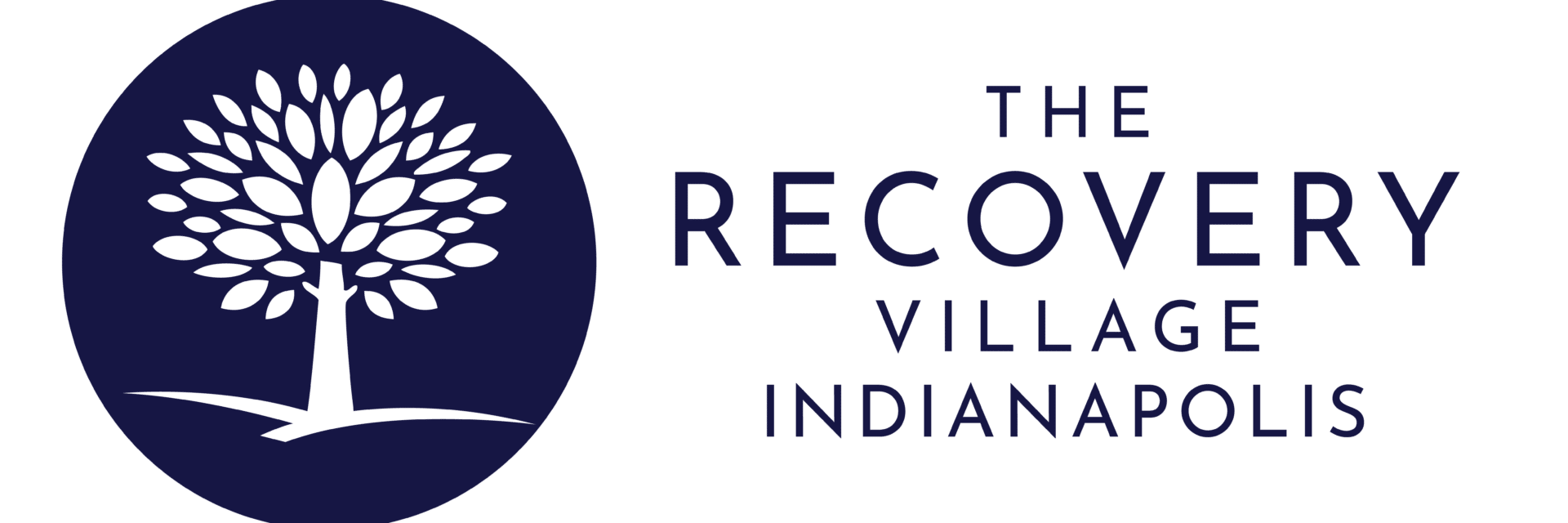Experiencing “dope sickness” is often regarded as one of the most distressing and deeply uncomfortable experiences a person can undergo. Dope sickness includes a variety of symptoms that emerge when someone stops using their preferred drug. It is most frequently linked with withdrawal from opioids like heroin, fentanyl, morphine, or prescription pain medications. If your body has become reliant on any of these substances, grasping the concept of dope sickness is an essential initial step in starting the long path to recovery in a drug treatment facility.
What Is ‘Dope Sickness,’ and What Does It Feel Like?
Dope sickness refers to the withdrawal symptoms that occur when someone abruptly stops using drugs or alcohol. It is also known as withdrawal syndrome, detoxification syndrome, or abstinence syndrome. The intensity of withdrawal symptoms can vary from mild to severe and may last from several days to weeks.
Dope sickness is triggered by a sudden imbalance of chemicals in the brain. Regular use of drugs or alcohol leads the brain to adapt to their presence. When usage stops, the brain must adjust to the absence of these substances, resulting in withdrawal symptoms.
Experiencing dope sickness, while not as severe as an overdose, can certainly be challenging and uncomfortable. It brings to the surface feelings that addiction often hides. Seeking medical detox support can significantly alleviate these withdrawal effects from fentanyl and other opioids, helping individuals navigate the journey with greater ease. Common symptoms include:
This Season, Give Yourself the Gift of a Fresh Start.
Whether you are struggling with addiction, mental health or both, our expert team is here to guide you every step of the way. Don’t wait— reach out today to take the first step toward taking control of your life.
- Nausea
- Vomiting
- Diarrhea
- Depression
- Anxiety
- Fatigue
- Mood swings
- Excessive sweating
- Intense cravings
- Runny nose
- Severe muscle pain
The symptom severity depends on which drugs were used, how long they were used, and whether any medical interventions, such as methadone, are utilized to alleviate the symptoms.
Why Has the Term “Dope Sick” Become More Popular Today?
In 2018, journalist Beth Macy released a semi-fictionalized account of the United States’ OxyContin crisis, which was later transformed into the highly praised Hulu series titled Dopesick in 2021. However, the series name was actually meant to highlight the struggles faced by the pharmaceutical industry and affected communities.
Over the past ten years, the emergence and widespread use of fentanyl have also significantly altered the drug landscape and the nature of withdrawal experiences. Fentanyl’s extreme potency has intensified the phenomenon of being “dope sick,” making withdrawal symptoms more severe and challenging. With fentanyl contributing to a surge in overdoses globally, the term “dope sick” has gained increased prominence.
What Are the Risks of Dope Sickness? Is It Deadly?
Indeed, the most extreme cases of withdrawal can pose significant threats, including the potential for death or lasting health complications. These dangers often arise from dehydration and imbalances in electrolytes caused by extended periods of vomiting or diarrhea.
It is important to recognize that some individuals may inadvertently take higher doses of opioids, like fentanyl, to manage withdrawal symptoms. This behavior, while understandable, can significantly increase the risk of overdose during this challenging time.
Another risk associated with dope sickness is the desperation it can instill in individuals. Desperate to relieve their symptoms, people may resort to extreme actions, including engaging in illegal activities or other hazardous behaviors. The intense suffering experienced during dope sickness can lead individuals to prioritize obtaining their drug of choice over their personal safety. This reckless behavior is further worsened by factors such as unreliable drug dealers, the presence of impure or contaminated substances, and impaired judgment, all of which can escalate the situation to life-threatening levels.
How to Support a Loved One Who Is ‘Dope Sick’
Recognizing when someone is experiencing “dope sickness” or opioid withdrawal can be challenging, as the symptoms often resemble other medical conditions.
- Look for specific signs such as extreme or unpredictable irritability and agitation. Opioid withdrawal is frequently mistaken for the flu, but withdrawal from opioids typically results in more severe reactions than the flu, especially during the initial stages.
- Be aware of physical symptoms like nausea, muscle cramps, excessive sweating, and irregular heart rate changes.
- Have a support network of family members or friends who are informed about drug abuse to provide the necessary support and understanding that can help the individual stay abstinent.
- Consider consulting a healthcare professional about treatment options that can help manage dope sickness while alleviating the effects of opioid withdrawal. Medications such as methadone or buprenorphine can significantly ease withdrawal symptoms and reduce cravings. Counseling and support groups can also offer a sense of community and understanding. Choosing the appropriate intervention is essential for achieving meaningful and lasting recovery.
How to Get Past ‘Dope Sickness’
Healthcare professionals strongly advise against attempting to quit substances like heroin without assistance, as the withdrawal symptoms are so intense that many individuals may resort to using again to avoid them. Enrolling in a program that offers medically supervised detox and therapeutic treatment is your best opportunity to achieve lasting freedom from addiction. This approach also ensures that you do not have to endure dope sickness again.
However, detoxification alone is insufficient for complete recovery. It represents only the initial phase of overcoming addiction. To fully conquer addiction, it is essential to engage in a comprehensive treatment program that addresses the root causes of your substance use. Ignoring these underlying issues significantly increases the likelihood of future relapses.
Effective treatment should be personalized to meet your specific needs and include individual, group, and family therapy. Additionally, it should equip you with strategies for dealing with triggers and drug cravings.
The Recovery Village Indianapolis Is Here For You
Trying to recover from addiction by yourself is not the most effective strategy, and it’s important to know that you don’t have to do it alone. It is crucial to seek assistance from compassionate professionals who are knowledgeable about addiction and can help you in healing from this disease. The Recovery Village Indianapolis is dedicated to supporting individuals determined to overcome addiction and embrace a healthy, substance-free life.
Our treatment center stands out due to our holistic perspective on addiction, recognizing it as a disease that impacts the entire individual. This understanding enables us to foster recovery in multiple dimensions. By choosing one of our personalized treatment programs, you can look forward to a thoughtfully curated combination of services designed to support your unique journey.
- Medical Detox: Medically supervised detox that will help you stay comfortable as you go through withdrawal.
- Inpatient Rehab Programs: 24/7 care in a supportive environment to help you focus entirely on your recovery.
- Mental Health and Relapse Prevention: Addressing not just addiction but also co-occurring mental health issues and strategies to prevent relapse.
Contact our team of Recovery Advocates at The Recovery Village Indianapolis today to learn more about our opioid addiction treatment programs and to develop a personalized treatment plan tailored to your needs. Let us help you take the first step toward a healthier, substance-free life.


